The city of Dubai is on the coast of the Persian Gulf of the United Arab Emirates, and until a few decades ago it was famous only for the surrounding desert landscape. Those who arrive there today, on the other hand, find one of the world’s most modern and luxurious cities, with a spectacular skyline, artificial islands, hotels and shopping malls with 5 or more stars, in an urban landscape racing into the future. In this transformation – from the end of the 1970s, culminating in Expo 2020 – the city hasn’t hesitated to break with conventions, challenging engineering limits to create a truly unique environment.
Dubai, then, is a young city, very young in fact, on the architectural avant-garde. A precious tool for those who want to discover how to approach the changes that are overwhelming the contexts of today’s settlements. Let’s have a look at what you should see in Dubai in 24 hours – a stroll into the future.
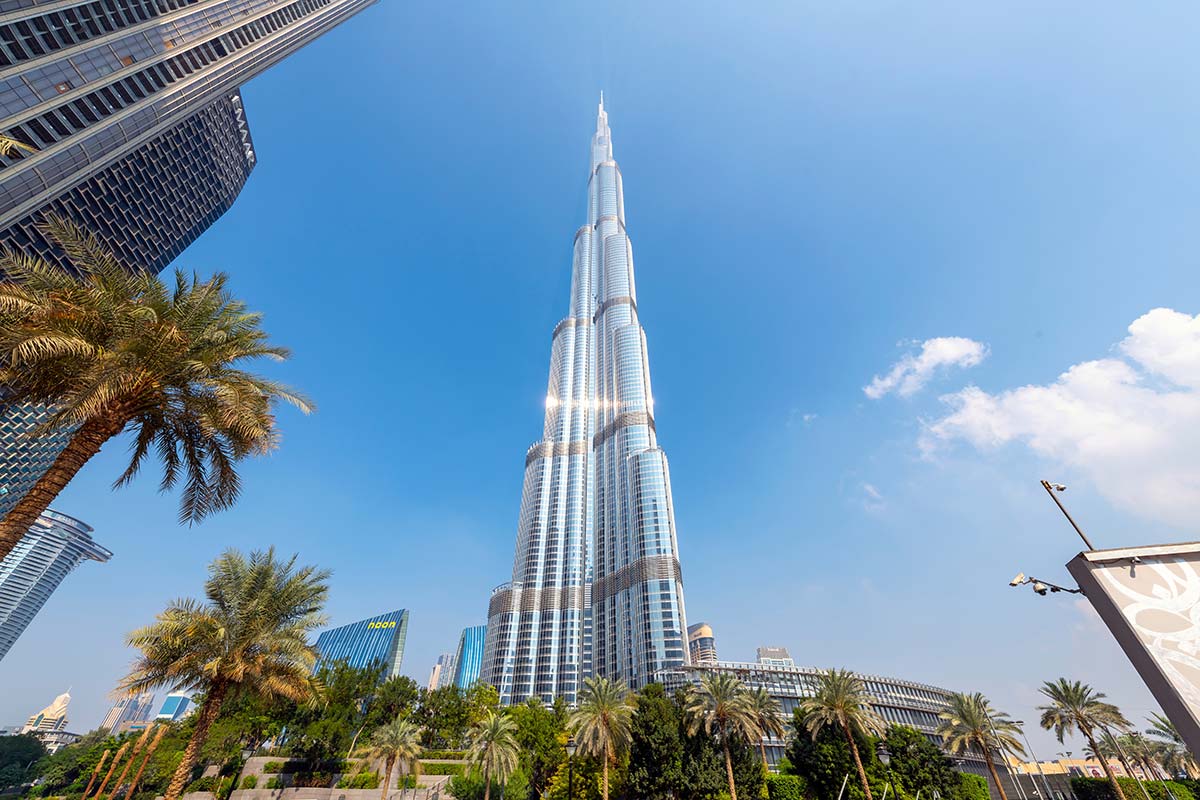
Burj Khalifa and Burj Al Arab
The Burj Khalifa is the symbol of Dubai par excellence. Designed by the American firm Skidmore, Owings & Merrill, with its height of 828 meters it is currently the world’s tallest skyscraper. An architectural wonder built in just five years, the perfect starting point to explore the modernity of Dubai and to admire a breathtaking view of the city, the desert and the entire Persian Gulf.
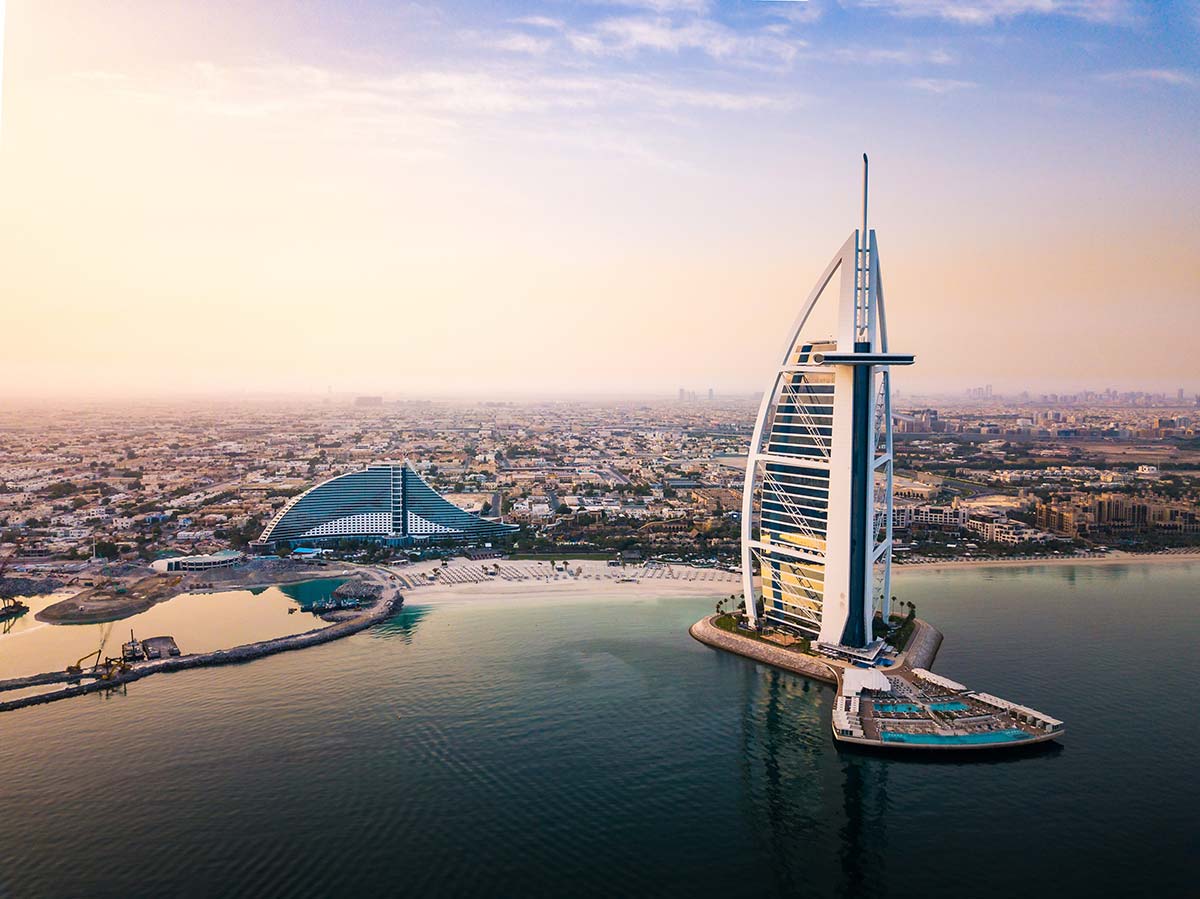
Among the symbols of the metropolis (with over 3 million inhabitants) there is also the Burj Al Arab, the world’s only 7-star hotel. Its iconic sail-like form was designed by Tom Wright: inside, there are sophisticated spaces, extra-luxurious furnishings and works of art. It is located on an artificial island, connected to the coast by a bridge. At night, the lighting effects are an attraction in the attraction.
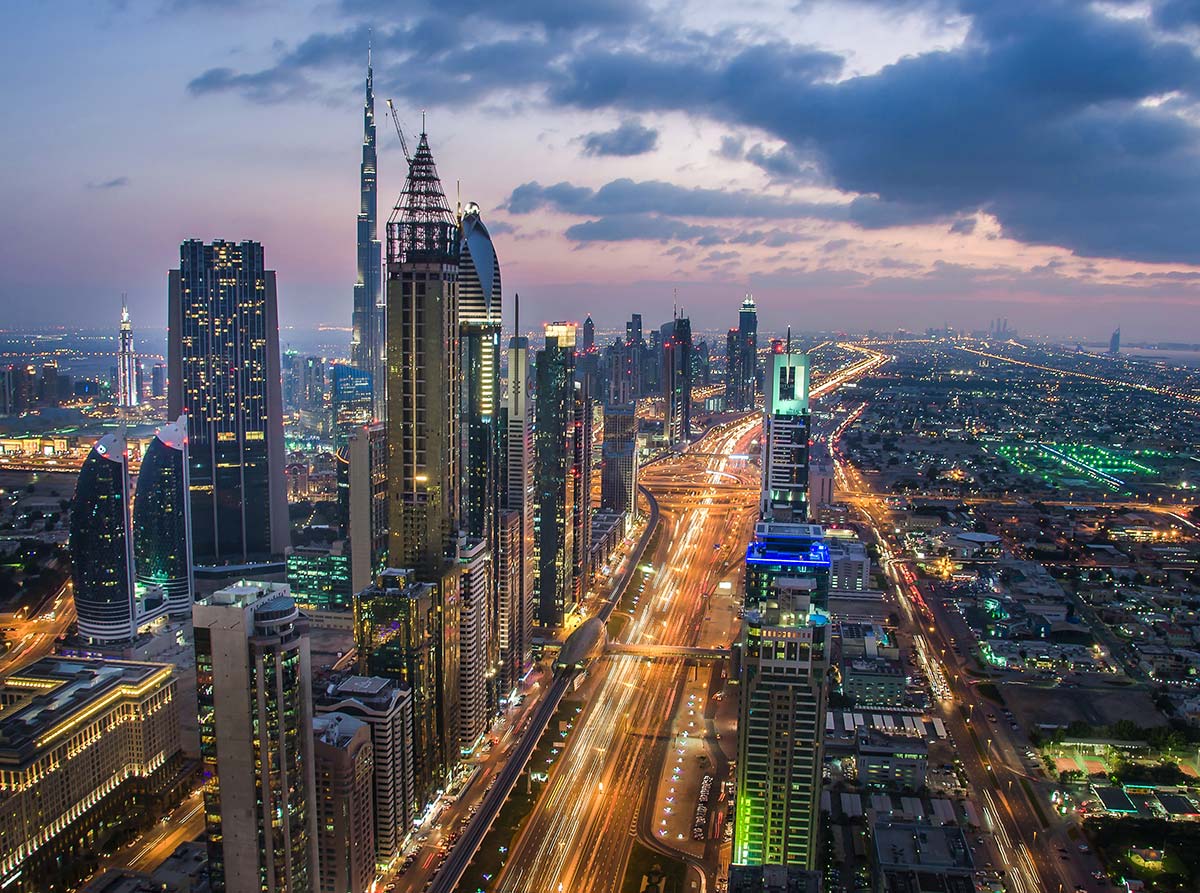
Sheikh Zayed Road
Sheikh Zayed Road is a key factor in the transformation of Dubai into an avant-garde location. With a length of about 55 kilometers, it crosses the city from north to south. The artery is flanked by a series of towers – including the Burj Khalifa and the Dubai World Trade Centre – that form the skyline of the city.

Atlantis The Royal
A chapter apart pertains to Atlantis The Royal, one of the most luxurious and modern hotels of Dubai, opened in January 2023, after which it has become a reference point for its design that challenges the limits of architecture. The structure created by the firm Kohn Pedersen Fox Associates is on the crescent moon of The Palm and extends over 63 hectares, with 92 swimming pools, 2 km of beach, and 795 guestrooms and suites. The design of Atlantis The Royal, made in blocks, sets out to provide privacy for all the guests, in spite of the large size of the facility.
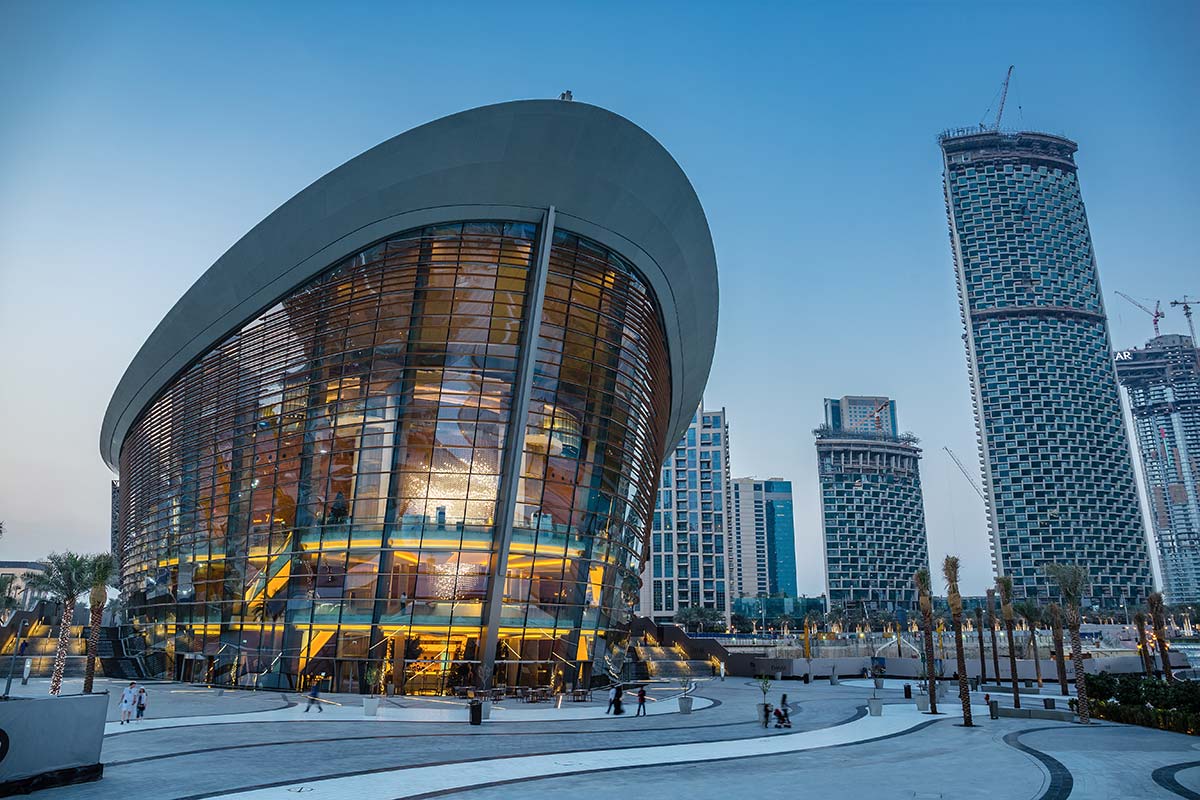
Dubai Opera and Museum of the Future
Based on the image of a dhow – the traditional Arabian boat – with a volume in glass and steel formulated by the international firm Atkins Architects, the Dubai Opera is one of the main attractions for lovers of architecture and design.
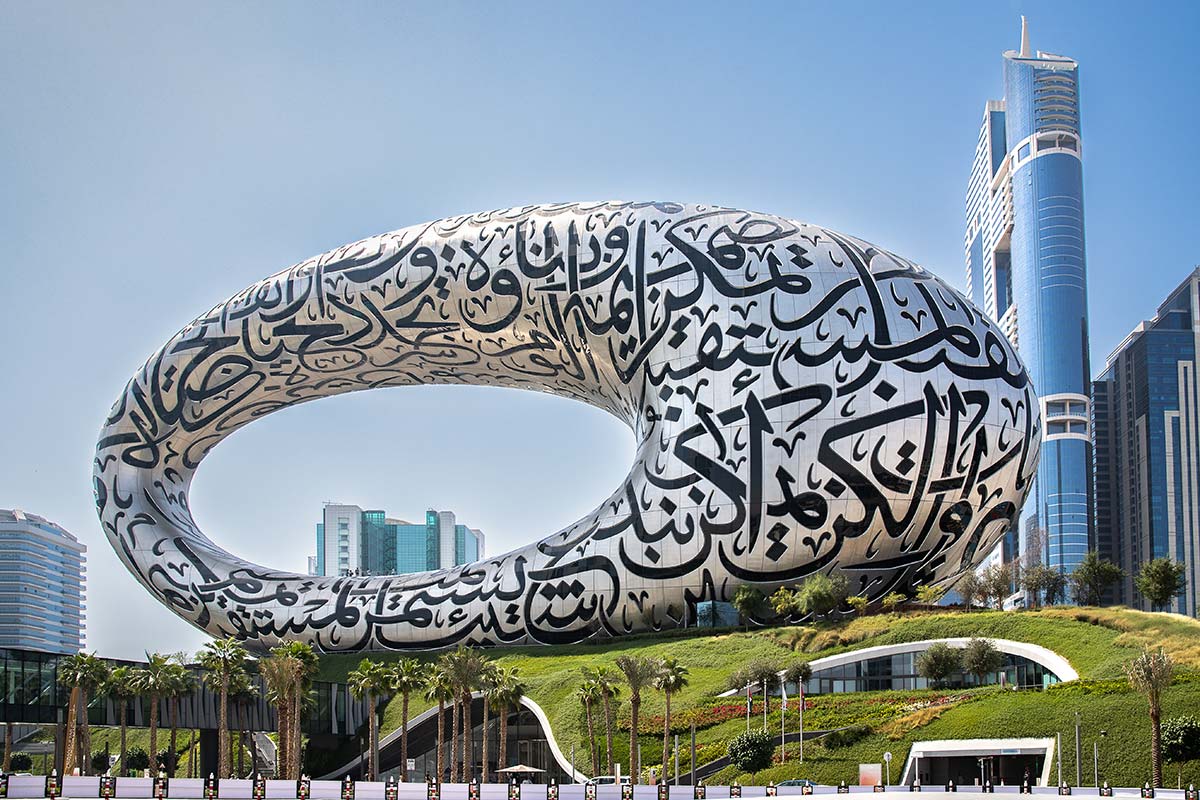
The Museum of the Future (by the architect Shaun Killa) has been created to host interactive exhibitions on artificial intelligence, sustainability and new technologies. An asymmetrical ring with a height of 78 meters, whose “skin” is entirely covered with giant Arabic calligrams (which are actually the windows of the building).

Design District
The Design District of Dubai is a creative ecosystem that goes beyond the mere architectural aspect, offering visitors an environment that promotes innovation, collaboration and growth. Also known as d3, the Dubai Design District has various functions: from a creative hub with innovative workspaces and avant-garde infrastructures, to a location for events and exhibitions related to design and architecture. Many of the structures in this hub have been designed with a focus on sustainability and innovation, using advanced technologies and ecological solutions. The district also hosts art galleries and creative studios – including that of the prestigious Foster + Partners – as well as showrooms for emerging fashion designers and artists.
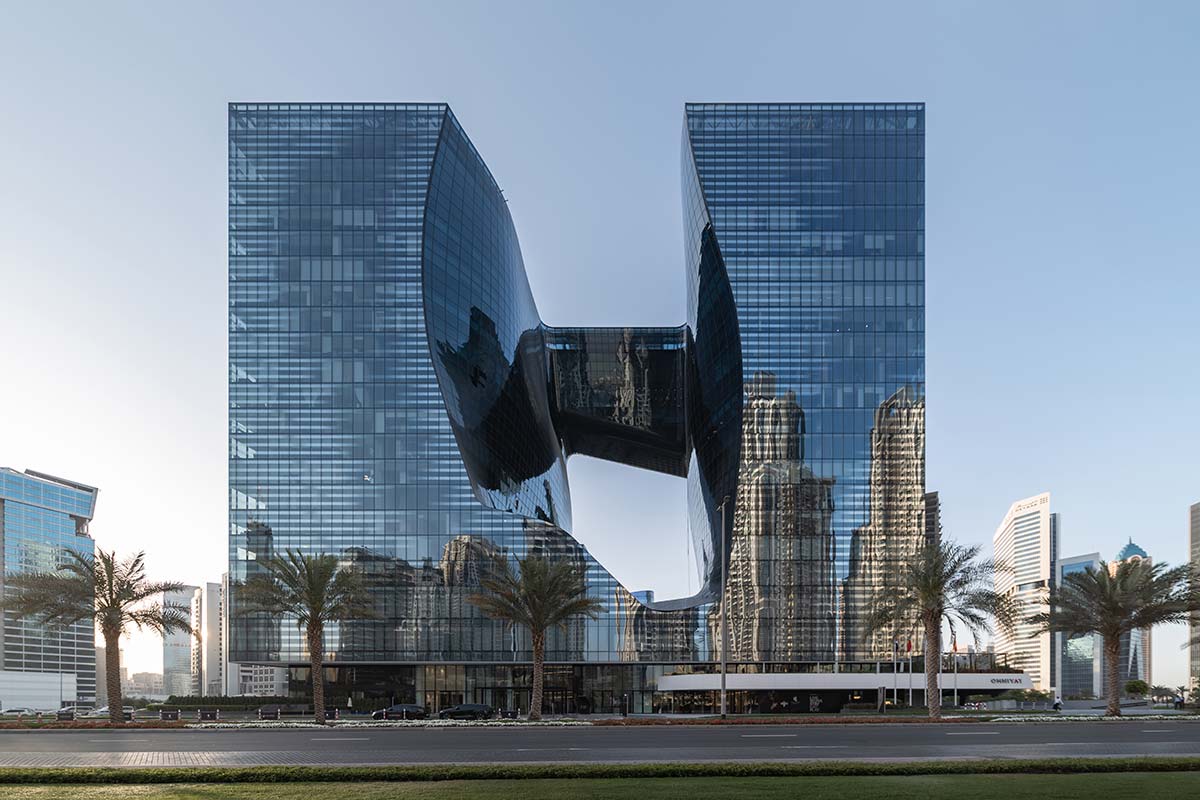
The Opus and Cayan Tower
The Opus is one of the most outstanding works by the starchitect Zaha Hadid. Its form as an irregular cube with an asymmetrical opening and a fluid shape at the center is unmistakable. It contains offices, hotels and residential flats. The Opus is also an attraction by night, thanks to the LED lighting system that follows the curves of the complex, and the characteristic glass bridge connecting the two towers to create a continuous structure.
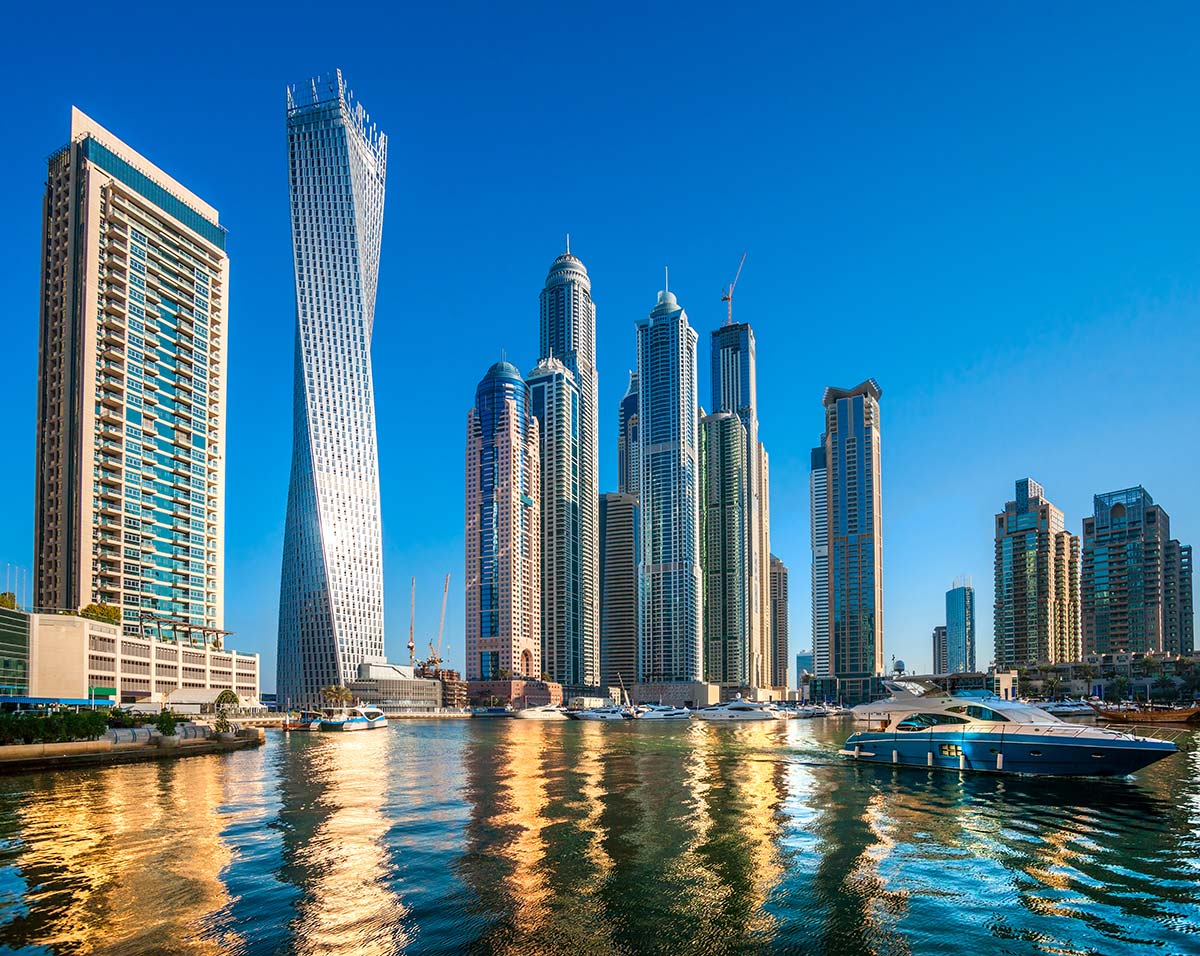
To conclude these 24 hours of design and architecture, we have selected the Cayan Tower. Designed by Skidmore, Owings & Merrill, this skyscraper – with a height of about 303 meters – is a prism that rotates by about 90 degrees along its axis, creating a torsion effect. A symbol of dynamism, minimal and powerful.







